In an ambitious mission pairing, Japan launched a next-generation X-ray observatory and an innovative lunar lander.
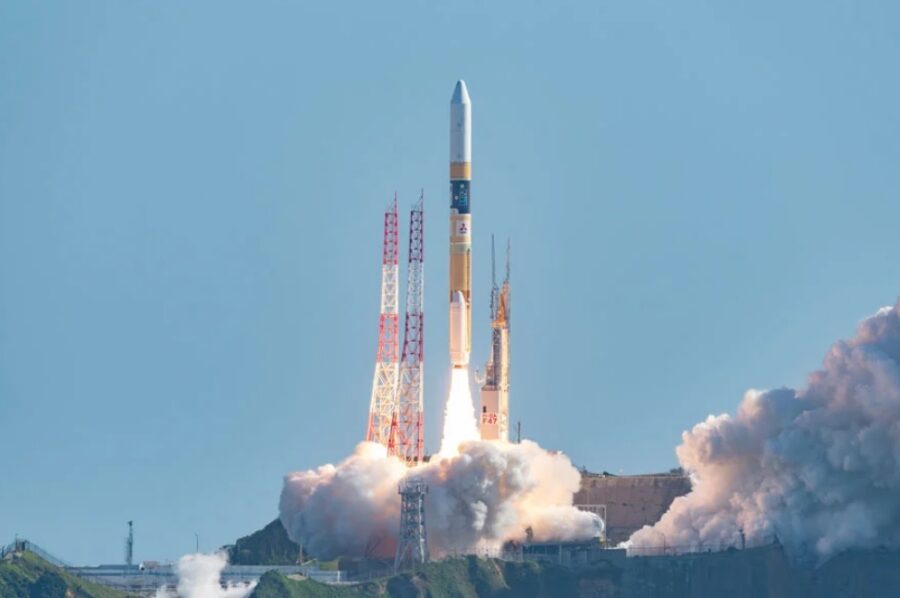
MHI / JAXA
It’s been a busy season for Moon missions. First came the launch and successful landing of India’s Chandrayaan 3 mission. In between, we heard of the launch (and crash) of Russia’s Luna 25 mission. Now, the Japan Aerospace Exploration Agency (JAXA) has put in their bid, with the launch of the Smart Lander for Investigating the Moon (SLIM), a small-scale mission that's accompanying a new space observatory, the X-Ray Imaging and Spectroscopy Mission (XRISM).
An H-IIA two-stage rocket carrying the dual payload launched from the Tanegashima Space Center, located on a small island off the southern tip of Kyushu in Japan. Liftoff occurred at 7:42 p.m. EDT/23:42 Universal Time(UT) on the 6th (September 7th local time at the launch site).
Launch was nominal, and XRISM separated from the upper stage rocket booster around 14 minutes after liftoff; SLIM deployed around 33 minutes later. Now, XRISM will enter a low-altitude orbit at 550 kilometers (342 miles) for a nominal mission of three years. Meanwhile SLIM will use a series of engine burns to slowly raise its altitude for eventual trans-lunar injection and capture around the Moon. SLIM will enter the Moon’s orbit later this year.
NASA will augment tracking for the missions, along with JAXA tracking sites worldwide.
XRISM: Fourth Time's the Charm
The X-Ray Imaging and Spectroscopy Mission (XRISM) carries a microcalorimeter, an instrument used to precisely measure the energies of incoming X-rays. It's the fourth mission to do so — and will hopefully be the first one to report success.
This mission acts as a semi-replacement for the ill-fated Hitomi (Astro-H) X-ray observatory, launched in 2016. Hitomi broke apart shortly after reaching orbit, although it did return some useful science observations before its demise. A previous attempt to launch a micro-calorimeter aboard the Astro-E mission ended in an explosion just after launch. And while the replacement mission for Astro-E, known as Suzaku, also carried a micro-calorimeter, a liquid helium leak meant it was effectively inoperable. Some have dubbed it the "curse of the calorimeter."
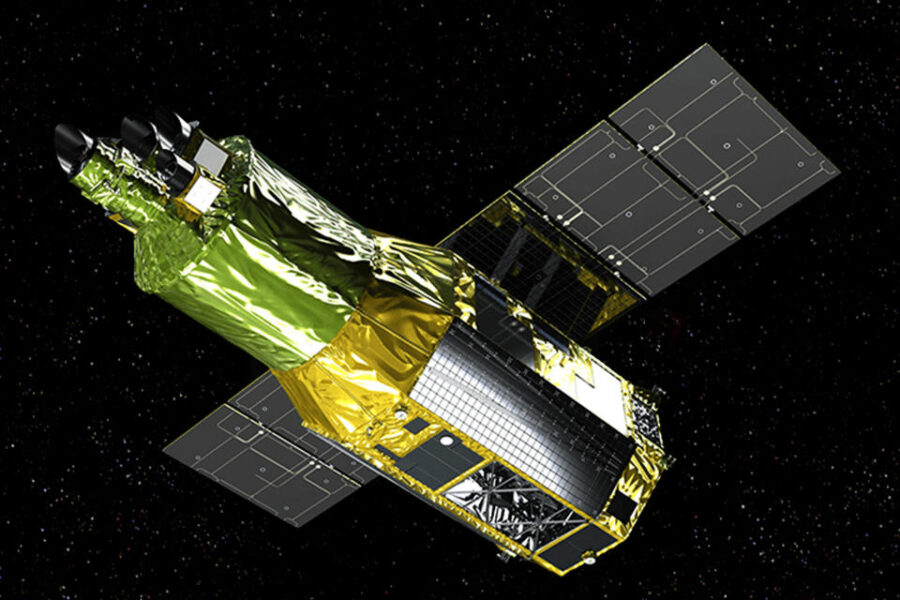
JAXA
While XRISM will once again bring a microcalorimeter to orbit, the mission has some key differences in comparison to Hitomi.
“Hitomi was equipped with four (X-ray) telescopes as well as two soft gamma-ray detectors,” says XRISM project scientist Kyoko Matsushita (Tokyo University of Science). “In contrast, XRISM possesses two soft (X-ray) telescopes and two detectors, specifically a microcalorimeter and CCD.” Similar to the aging Chandra X-ray Observatory and XMM-Newton telescope, XRISM will detect X-ray photons from 0.3 kilo-electron volts (keV) to 12 keV.
“XRISM has about 20 times the spectral energy resolution than existing observatories at energies above about 2 keV,” points out the mission's co-principal investigator Richard Kelley (NASA-GSFC). “If the history of astronomy is a guide, anytime you increase your capability by a factor of 10 or more, new discoveries emerge.”
XRISM will address key realms of X-ray astronomy. “One is measuring the properties of very hot gas that is in clusters of galaxies, particularly the velocity structure of infalling gas, to learn about the formation of these structures in the universe,” says Kelley. “The other is measuring the effects of super-massive black holes in galaxies on the X-ray spectrum of the very hot gas that's spiraling into those black holes.”
XRISM will be available for professional astronomers beginning next year, but first the observatory has to undergo commissioning, which will take three months.
A Smart Lunar Lander
The SLIM mission consists of a 265-pound (120 kilogram) lander plus a pair of small vehicles. If successful, its landing would make Japan the fifth nation to land softly on the Moon, behind the United States, the former Soviet Union, China, and, as of last week, India.
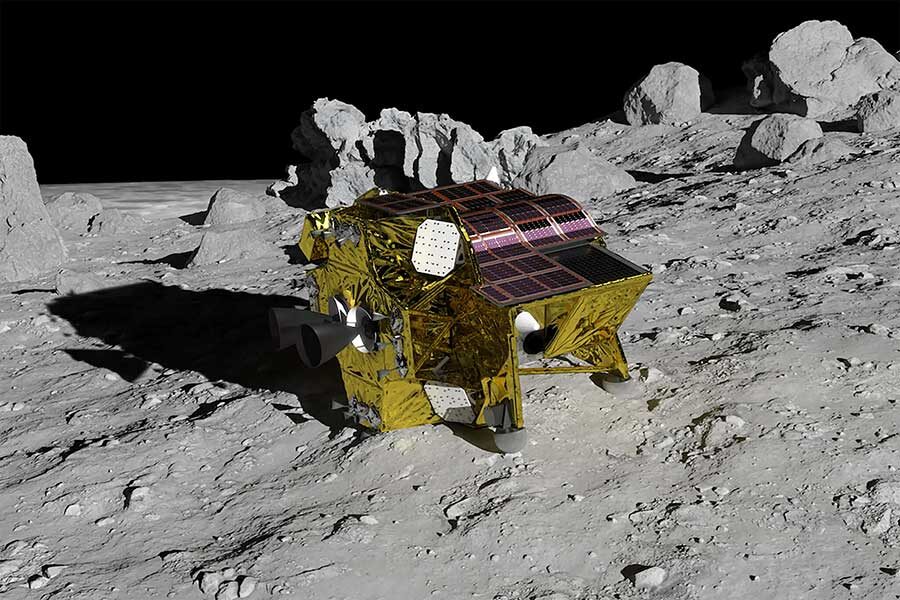
JAXA
The landing is expected to occur early next year, with a planned landing site is on the lunar nearside in Mare Nectaris, within the ejecta blanket that surrounds the 270-meter Shioli Crater. The primary mission object is to demonstrate a pinpoint landing, touching down within a a 100-meter ellipse. The probe will utilize lunar imagery collected by the Kaguya orbiter more than a decade ago to aid the its descent.
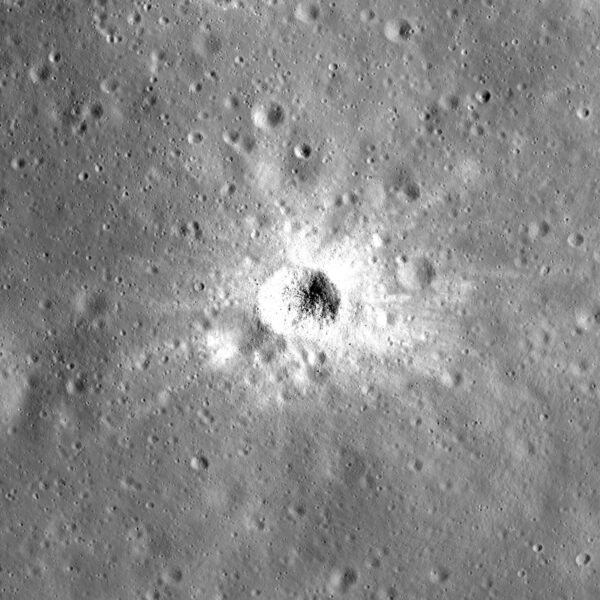
NASA / GSFC / Arizona State University
Once on the surface, SLIM will deploy two explorers known as Lunar Excursion Vehicle (LEV) 1 and 2. LEV-1 will hop along the lunar surface while LEV-2 will roll. They'll likely only operate for a few days, depending on temperature and other conditions.
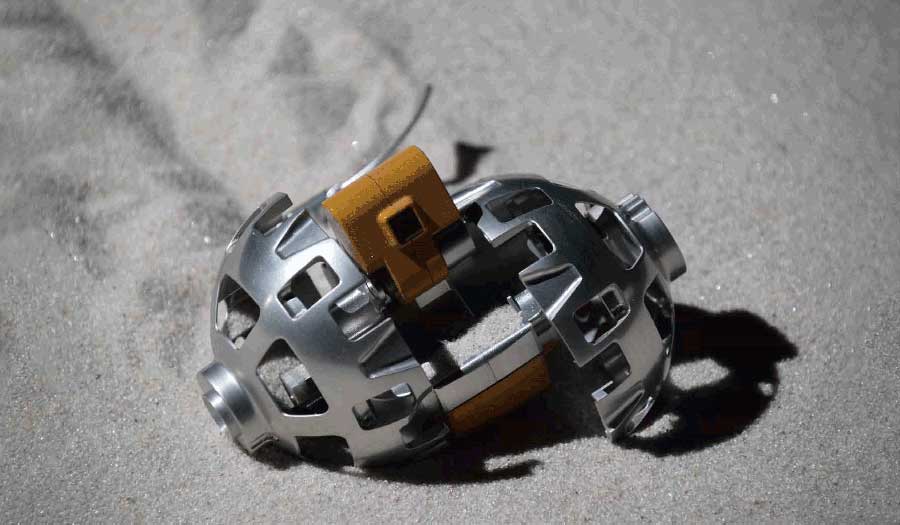
JAXA
Good luck to both missions!
 3
3









Comments
Anthony Barreiro
September 8, 2023 at 11:38 pm
"XRISM will detect X-ray photons from 300 kilo-electron volts (keV) to 12 keV."
This range of units doesn't make sense to me.
You must be logged in to post a comment.
David DickinsonPost Author
September 9, 2023 at 1:41 am
Yup good catch... a decimal point was lost in space there. It's 0.3 - 12 KeV.
You must be logged in to post a comment.
Anthony Barreiro
September 12, 2023 at 5:46 pm
Thank you! Now it makes sense.
You must be logged in to post a comment.
You must be logged in to post a comment.